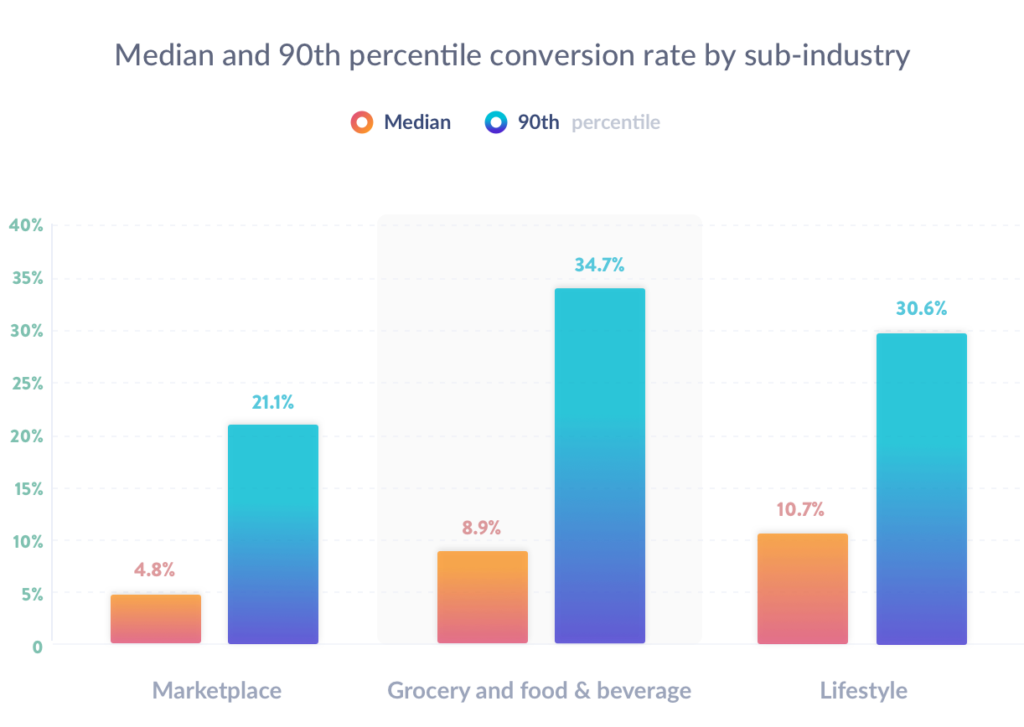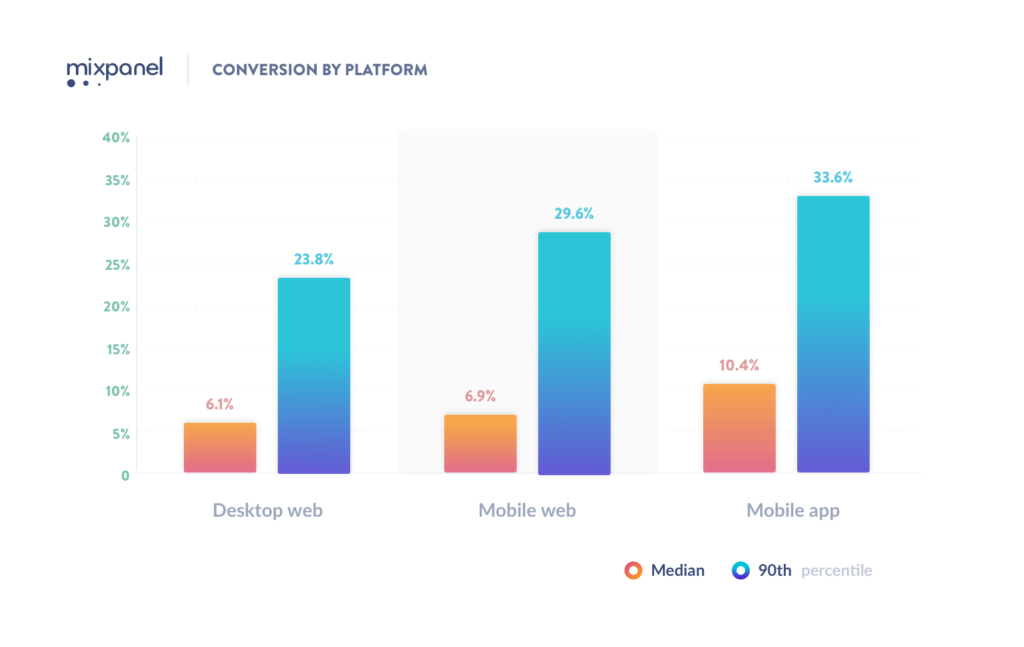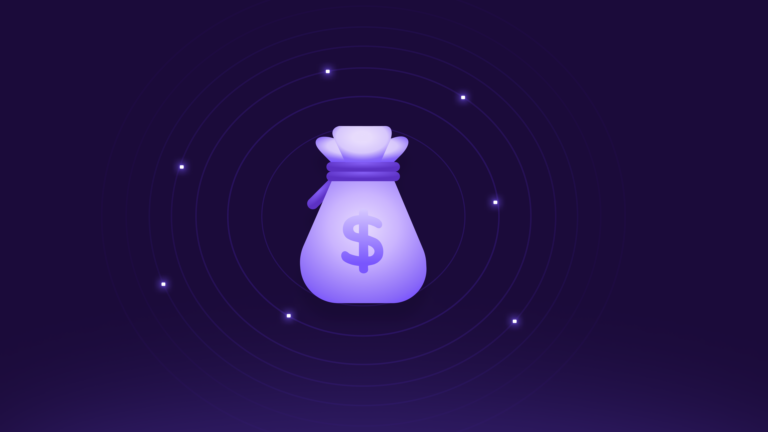
The simplest way to increase conversion

The Mixpanel Retail & E-commerce Benchmarks Report is now publicly available. In it, you can find benchmarks that will show how average and elite products perform in key areas of product health such as usage, engagement, and retention. In this sneak preview of the conversion section of the report, you can see how your app does at that most important task: getting users through the flow to make a purchase. To make sure you get the full report, just drop us your email here.
For more, check out our Media & Entertainment, Financial Services, and overall Product Benchmarks Reports.
Almost every sport has a moment like it: it’s when a basketball player gets a clean look at a jump shot, or when a baseball player gets the hanging curveball he’s been looking for, or when a forward in soccer receives a perfect pass to open up a shot at goal with the defense for a brief moment ill-positioned to defend a precise strike on goal. This is the hardest part of these games precisely because their teammates have done everything right in the build up to this moment. Anything short of scoring will be an individual failure. That is conversion.
For retail & e-commerce product owners, it’s the same story. In order to even have a chance at a conversion, something has to have brought a user into the product. And then, it’s a combination of offerings, user experience, pricing, and checkout flow that have to close the deal. The effectiveness of those offerings are what we were interested in the conversion section of the Retail & E-commerce Benchmarks Report. In breaking down data from 115 companies in the sector, we wanted to get a full picture of how effective middle-of-the-pack and elite companies are at turning users into buyers.
In this report, we examined three sub-sectors of the retail & e-commerce industry. Marketplaces, which act as intermediaries between buyers and sellers of goods and services, grocery and food & beverage companies, who bring food to users, and lifestyle products, which sell goods and services to users directly. We looked at the median as well as 90th percentile products in these metrics to get a sense of what constitutes “average” and what constitutes “elite” performance.
The results, as shown above are that, for typical products, lifestyle products edge grocery and food & beverage, which in turn outperform marketplace products.
The delta between 6.8% and 9.9% may seem small, but ask any product owner what a 45.6% increase in conversions would mean, and they might watch them drift off to fantasyland for a moment as the opening chords of “Wouldn’t It Be Nice” begin to play in their head.
So, what to do about it? Changing industries is not on the table. What can be a more realistic, though, is getting users into more fertile ground where they’re likelier to convert. What’s clear from the data here is that across the whole retail & e-commerce industry at the median and the 90th percentile mobile apps are getting more of their users to make sales.
Now, correlation is not causation. By simply downloading an app, a user has made a commitment to a specific product that identifies himself as a member of a cohort that is likelier to convert. And causality is hard to determine.
Think about it this way: while it is difficult to draw a causal relationship between app usage and conversion, it’s worth noting that whatever external factors lead to higher app usage are likely to be tied to higher usage as well. Determine what those are, whether that means finding more users like your mobile app cohort, or making your web users behave more like mobile app users and watch the conversion rates creep up.








